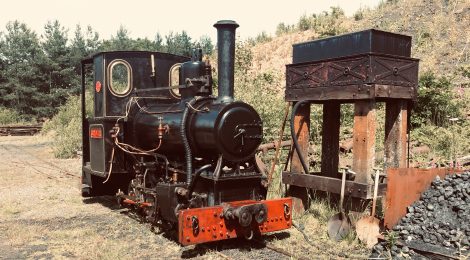
Glyder returns to steam…
Back in March 2012 the blog carried the news that Beamish would display two former Durham County Water Board two-foot gauge steam locomotives, named Ogwen and Glyder. Originally named Durham and Grey, the two engines were probably better known by their Welsh names, for they had spent most of their working lives within the expansive slate workings of Penrhyn Quarry in North Wales.
This is how the news was reported:
There truly is never a dull moment at the Transport & Industry desk here at Beamish! You may have read elsewhere, as news has gone viral online, but we are to be the lucky recipient (on loan) of two narrow gauge locomotives which have not seen the light of day since the mid 1960s.
’Durham’ (Avonside No.2066/1933 ) and ‘Grey’ (Barclay No.1994/1931) were both supplied to the Durham County Water Board to work on the extensive Burnhope Dam contract in the early 1930s.
Paid off at the end of the contract, they were sold in 1936 (Durham) and 1938 (Grey) for further use on the extensive Penrhyn Quarry Railway system in North Wales where they were renamed ‘Ogwen’ and ‘Glyder’ respectively. In 1965 they were part of a large shipment of narrow gauge engines that headed across the Atlantic and has seen the surviving locomotives widely dispersed (coincidentally the same year that ‘Dunrobin’ set sail for Canada). Three notable recent examples, Edward Sholto and Elidir (originally a DCWB locomotive named ‘Lanchester’) have been brought back to the UK, the former fully restored and the later in an advanced stage in its restoration. Another former DCWB Avonside, ‘Marchlyn’ (once named ‘Wear’ is undergoing restoration at Statfold Barn.
Given the County Durham connections we are delighted that the owners have enabled us to look forward to placing the pair on display at Beamish (they will be in the rear space of the Colliery Engine Works, though a future venturing onto our new narrow gauge railway system cannot be ruled out!) and their presence will hopefully prove to be a great draw to enthusiasts and the public alike. It is also worth reflecting on the fact that so many of the well known Welsh quarry locos were obtained second hand. Other examples of ex DCWB locomotives exist in the form of Barclay ‘Caledonia’ at Hollycombe and Kerr Stuart ‘Stanhope’ at the Apedale Valley Railway. In addition to these there is the aforementioned ‘Elidir’ as well as recently repatriated ‘Marchlyn’.
Ogwen has now moved from Beamish to a private site where restoration is well advanced and a return to steam is anticipated in 2020. Marchlyn has been restored at the Statfold Barn Railway, and visited Beamish in September 2012 (see below).
Below: An early photo (probably showing the engines leaving the makers) of two Avonsides loaded aboard a standard gauge weltrol wagon. ‘Durham’ to the rear became Ogwen and is one of those coming to Beamish. ‘Wear’ was to become ‘Marchlyn’, now at Statfold Barn and seen visiting Beamish in the photo above.
Glyder’s history is reasonably straightforward. It was originally built and supplied for the Durham County Water Board’s reservoir construction project at Burnhope, in Weardale. Supplied in 1931 by Andrew Barclay Sons & Co, Kilmarnock, as works number 1994, it was one of their standard class of well tank 0-4-0 locomotives, designated ‘E’ class. It’s specification stated a weight of 7.5 tons and it was fitted with 7″ x 11″ cylinders. The design bore a striking resemblance to the standard locomotive designs by the German manufacturer, Orenstein & Koppel, with a high-pitched boiler sat on top of (rather than within) the frames, which themselves contained the water tanks.
At Burnhope, 1994 was named ‘Grey’, gaining its Welsh name GLyder when it arrived in Wales in 1938. Costing £60 second hand, it was re-gauged in January 1939 having had a new firebox fitted in 1938. Glyder was originally intended to work at Penrhyn on a scheme to extend the LMS railway’s standard gauge Bethesda branch to the Penrhyn Quarry workshops (and sidings) at Coed-y-Parc, this scheme being shelved with the advent of the Second World War. Glyder was thus was stored a Port Penrhyn until 1952 when it was commissioned, wearing its DCWB livery of grey It is thought). It was repainted in 1957, and again (or in part) in 1965. It was the last locomotive overhauled at the Penrhyn Quarry workshops at Coed-y-Parc.
The next stage of the story of the sale and later repatriation of three Penrhyn locomotives, including Glyder, from Indianna in the USA is told by the Bala Lake Railway website, home to Winifred (another one of the three), here: https://bala-lake-railway.co.uk/steam-locos/winifred/
The salient extracts from the Bala page are quoted thus:
On 4th January 1965 the BBC screened the Tonight Programme and it featured a report by the veteran broadcaster Fife Robertson from Penrhyn Quarry. He was reporting on the demise of the steam locomotives in the quarry that were being replaced by diesel locos in the name of progress.
An American antique dealer, Mr. C. B. Arnette, was over in the UK buying stock and saw the programme whilst staying in Glasgow. Not being a railway enthusiast but sensing a business opportunity he immediately went to Penrhyn and bought six locomotives for export back to the states.
So it was on the 31st July 1965 “Winifred” along with “Nesta”, “Marchlyn”, “Cegin”, “Ogwen” and “Glyder” set sail on the SS Manchester Progress bound for Norfolk, Virginia and the New World.
On arrival they were taken to Murfreesboro in Tennessee where they were put up for auction on 14 September. About 300 people attended the auction, mostly dealers from throughout the eastern half of the United States.
One of the main bidders was Mr. Anton (Tony) Hulman owner of the famous Indianapolis Motor Speedway home of the Indy 500 race. Mr Hulman bought three of the locomotives: Glyder; Ogwen; and Lot no. 25, Winifred, for $3300 – approximately $24,000 at 2012 value (£14,800). His intention was to set up The Early Wheels Museum in his home town of Terre Haute some eighty miles west of Indianapolis.
In fact it was only Winifred that was exhibited and that was only for a few years. After the museum closed she was taken back to Indianapolis where she was put into storage.
In February 2012 a deal was struck between the directors of the Motor Speedway Museum and Julian Birley and Graham Morris for her repatriation along with “Ogwen” and “Glyder”. Having had a preliminary visit, Julian and Graham flew back to begin the loading of the engines on 27 March.
Below: Glyder and Ogwen were never placed on display and remained in storage for the entire time of their spell in the USA. Here is Glyder, as first seen by new owner Graham Morris, exactly as as it had arrived in 1965, albeit dustier!
The pair arrived at Beamish on May 1st, 2012, after one a lengthy journey from the USA.
In May 2015, the blog reported:
With the loan of the two engines, owned by Graham Morris and Martyn Ashworth respectively, coming due for renewal and the expectation of Ogwen moving on later this year for restoration by Martyn and his team of assistants, we began to discuss with Graham the future of Glyder. We are now pleased to report that the loan of the loco has been extended and will include its re-commissioning into steaming condition.
I am careful not to say ‘restoration’ as the plan is to keep its external appearance exactly as it appears now, with some conservation of the paintwork to retain the patina. The loco requires regauging to two-foot from the very near but not compatible Penrhyn gauge of 1ft 10 3/4 inches. It was supplied new to the Durham County Water Board as a two-foot gauge locomotive so this work is readily achievable but requires the dismantling of the running gear to free the wheelsets.
Otherwise no other work on the mechanical components is planned as it will give the opportunity to see exactly how a Penrhyn loco worked as it will be just as it had been in 1965! The boiler will be removed for inspection and overhaul as obviously this must be compliant with PSSR and our own SMS/insurers standards. However, it was extensively rebuilt at Penrhyn, including a new firebox, and the loco saw little use there until 1952, so fingers crossed on that front!
Below: A key part of the engine’s re-commissioning is the retention of its workmanlike appearance – earned the hard way! It was cosmetically attended to help its sale in 1965, and certainly the lining is very much brighter now than it appears below (taken in 1961) but as many of the scratches evident then are still evident now, I wonder if was fully repainted in 1965 or merely brightened up. The photo below shows how Graham and ourselves would like it to look…
Original optimism that the mechanical condition of the locomotive could remain untouched were disproved, as the restoration developed. The boiler was removed, and after initial hopes that the work could be carried out at Beamish, it was decided to send it to the Severn Valley Railway, who carried out repairs to the firebox, smokebox, replaced some stays and installed new material in the firebox. It was also retubed. The boiler then returned to Beamish for further work on fittings and mountings. Meanwhile, a team of volunteers expressed an interest in assisting the project, and they set about improving Glyder’s mechanical condition as well as repairing items that had been damaged in quarry service but would need to be intact for use at Beamish.
Graham sent the wheelsets to a contractor, where they were restored to two-foot gauge and re-profiled. Great care was taken at all stages to retain the original patina wherever possible, but the boiler cladding paintwork was very rusty so the sheets were shot-blasted and then primed. They would later be painted in a black undercoat which, after some experimentation, proved to be the closest match to the photograph above. Other scratches and scrapes were either left, or the undercoat was ‘dry-brushed’ (applying minimal paint, and with a lot of blending around the edges) onto these areas where required.
In May 2019 the boiler was steam tested at Beamish, then immediately placed into the frames for lagging and cladding. The following weeks saw the rest of the locomotive reassembled, before it was moved to the narrow gauge railway in anticipation of steaming and making its first moves, under steam, since 1965…
Recommissioning Timeline
Below: In September 2015 Ogwen and Glyder were extracted from the Colliery Engine Works, where they had been on display since arrival in 2012. The temporary rails were laid again and the process by which they were put into the shed was reversed in order to release them. Ogwen departed for the Statfold Barn Railway for display pending its move to a private site (where it is now located, with restoration well underway), whilst Glyder was moved to the RHEC for overhaul to commence.
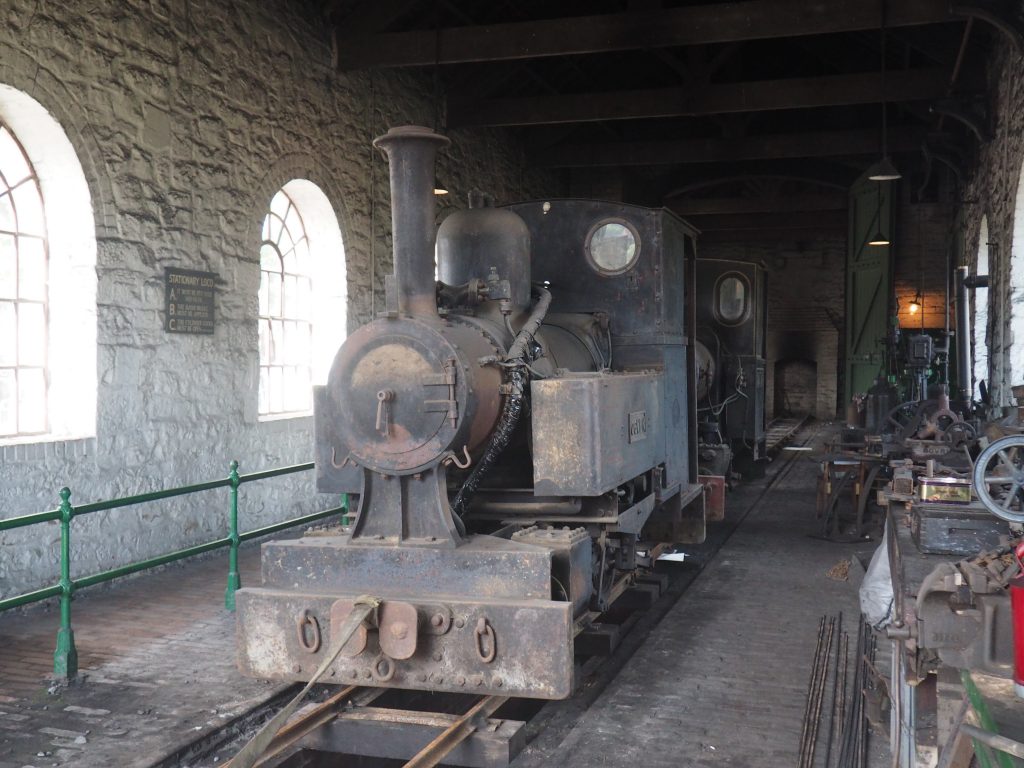
Below: Once removed, each engine had to be turned on a bespoke panel, in order to then be collected by lorry.
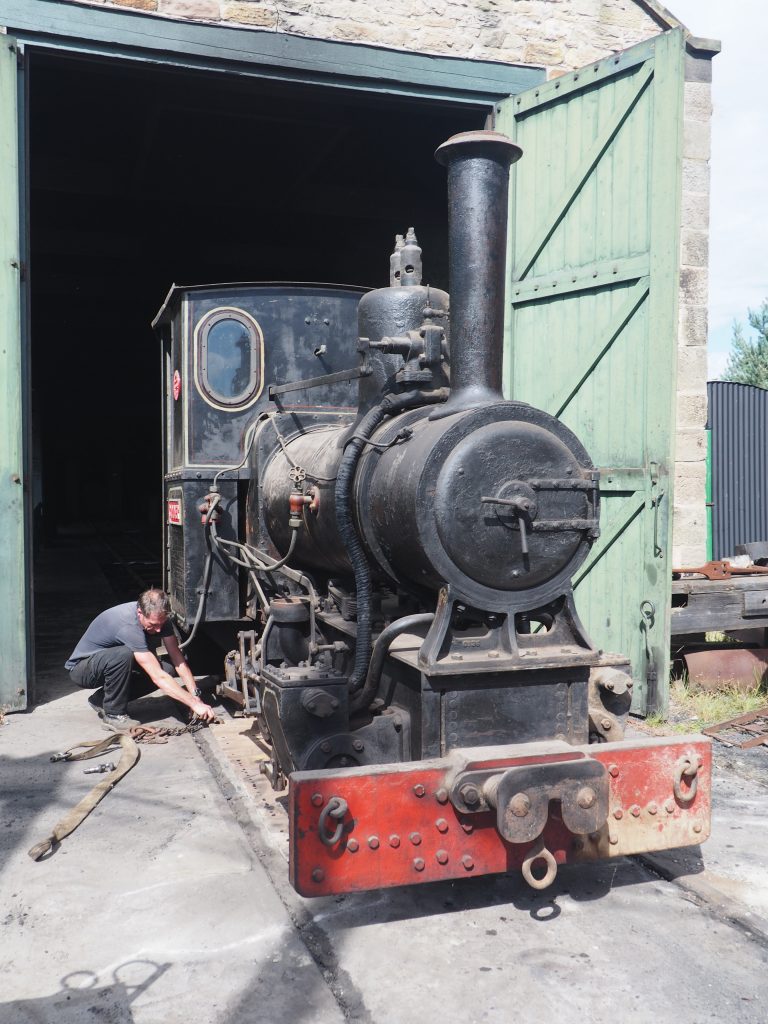
Below: A few hours later and the locomotive was safely installed within the RHEC, its home for the nearly the next four years (where does time go?!)
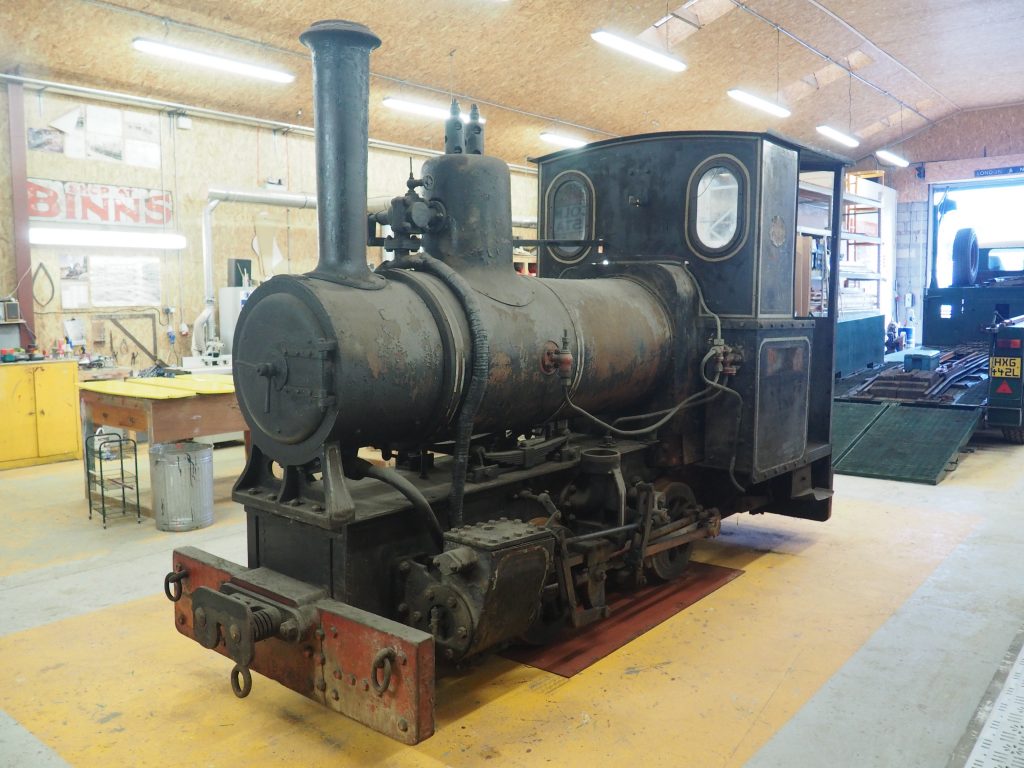
Below: Work commenced to strip the locomotive, revealing the wooden boiler lagging (which has been re-fitted, along with a little new insulation around the dome and firebox).
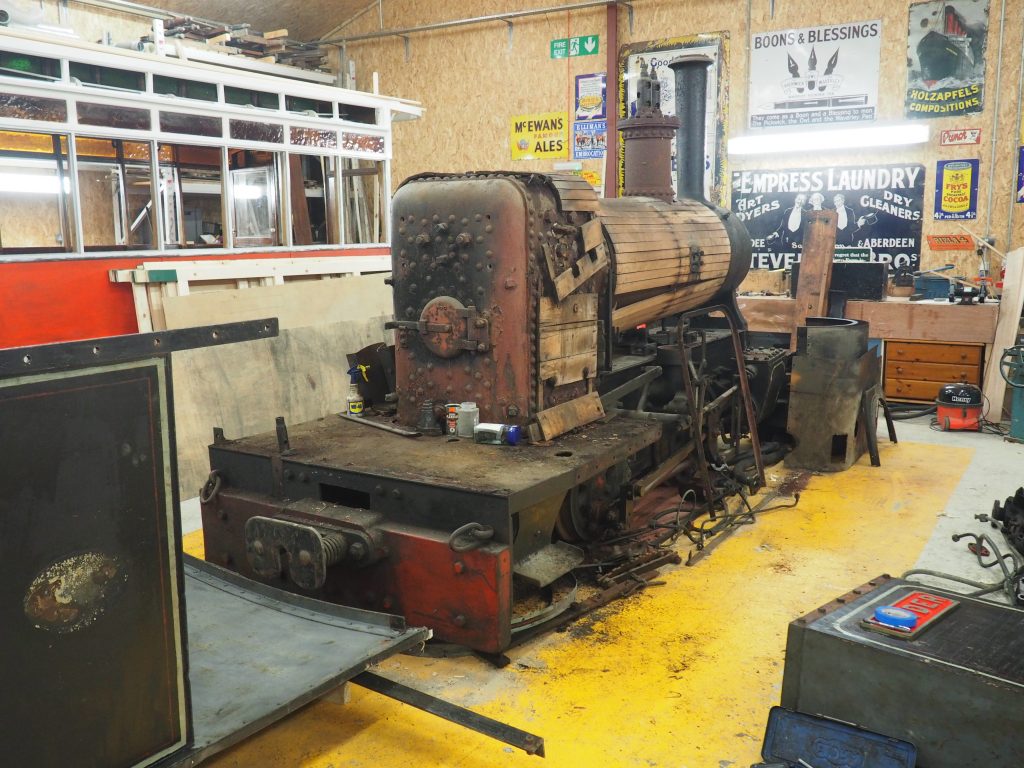
Below: Dismantling enabled components that were known to need work, such as the wheelsets and boiler, to be released for work to continue elsewhere. Almost all of the time and effort expended on Glyder has been carried out by volunteers and staff volunteering their time.
Below: The boiler was placed outside the RHEC in order for the tubes to be extracted. This was not straightforward as they simply crumbled as they were drawn out. After a lot of energy expended, the job was entrusted to the professionals at the Severn Valley Railway who carried out a minimal programme of work for us to enable the boiler to be returned to Beamish for completion.
Below: The frames, sans wheels.
Below: The wheelsets were turned (placed on a lathe to have their profile restored) and their gauge adjusted through the profile chosen – they had been two-foot gauge originally, and Penrhyn appear to have compromised on gauge for their use – making restoration to two-foot gauge more straightforward. Penrhyn ran on 1 foot 10.75 inch gauge.
Below: The volunteers from the Friends team joined us around this time, and led by Chris Lee, were able to significantly advance the mechanical reassembly, including some overhaul work and a number of new components (such as an ashpan door). The brief remained to retain, wherever practicable, the original Penrhyn condition of the locomotive.
Below: Beginning to look more like itself once again! With the cab temporarily re-fitted, Glyder awaits the return of the boiler…
Below: The boiler was completed such that it would pass a hydraulic test at Bridgnorth. It then returned to Beamish for further work, before steam testing in May 2019. It is seen here on the first day in steam…
Below: Once the inspector from BES had passed the boiler, the firebox cladding was fitted and then the boiler placed back into the frames for a return to the RHEC for completion.
Below: Lagging was re-fitted, then cladding. The cladding sheets (and dome cover) had been shot-blasted and primed, and have now been repainted into a condition as similar as possible to the archive photograph shown earlier in this post.
Below: Wednesday June 19th 2019 and Glyder returns to railway operation for the first time since 1965…
Below: A little filter on the image in an attempt to recreate the 1950s/60s look…
There remain one or two jobs to tackle, but we are very pleased with the outcome and can look forward to the locomotive becoming a regular part of the Beamish scene in the years to come. The first public operating dates are the Old King Coal event at the end of June, thereafter dates will usually be announced on the transport blog…
Misc related items
Some fascinating archive film of Glyder can be seen on a film placed on the BFI online archive – which can be viewed here:
https://player.bfi.org.uk/free/film/watch-dinorwic-and-penrhyn-slate-quarries-1960-online
For the record, the other surviving DCWB locomotives are listed here:
- Kerr Stuart 0-4-2ST ‘Stanhope’ (Apedale Valley Railway – under overhaul)
- Avonside 0-4-0T ‘Ogwen’ (Private location – undergoing a comprehensive restoration, expected to steam in 2020)
- Avonside 0-4-0T ‘Marchlyn’ (Statfold Barn Railway – operational)
- Avonside 0-4-0T ‘Elidir’ (Leighton Buzzard – undergoing a comprehensive restoration)
- Barclay 0-4-0WT ‘Caledonia’ (Hollycombe – undergoing a heavy overhaul at present)
- Barclay 0-4-0WT ‘Glyder’ (Beamish – operational)
- Barclay 0-4-0WT ‘Cegin’ (Statfold Barn Railway – undergoing a comprehensive restoration, expected to steam in 2019/2020)



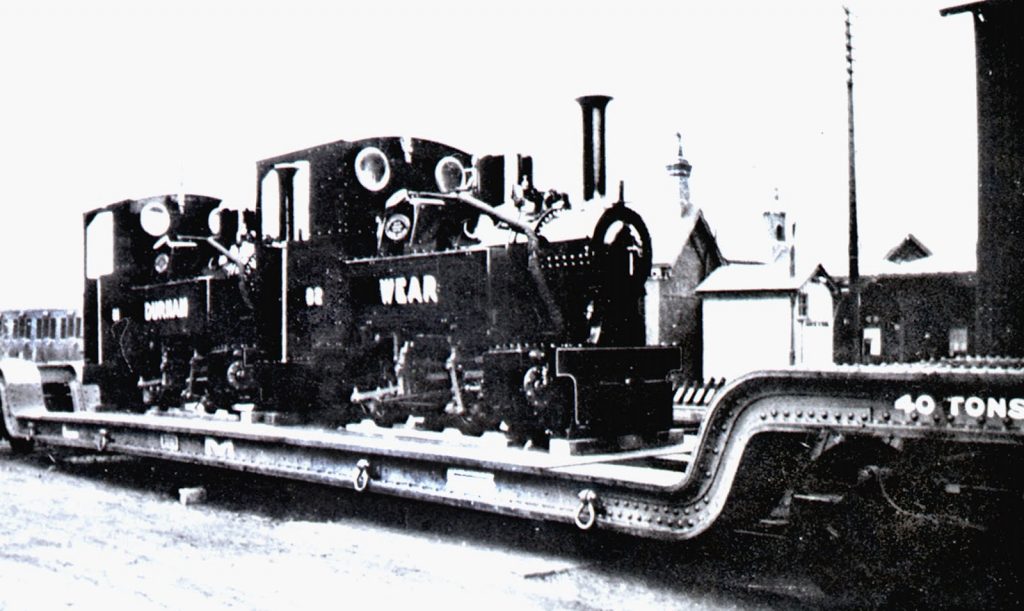
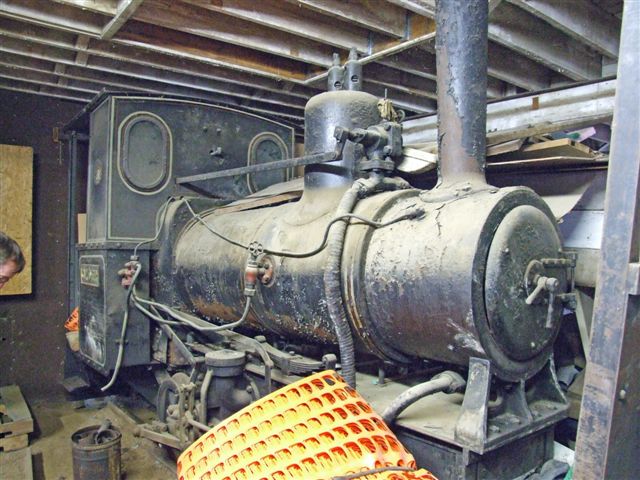

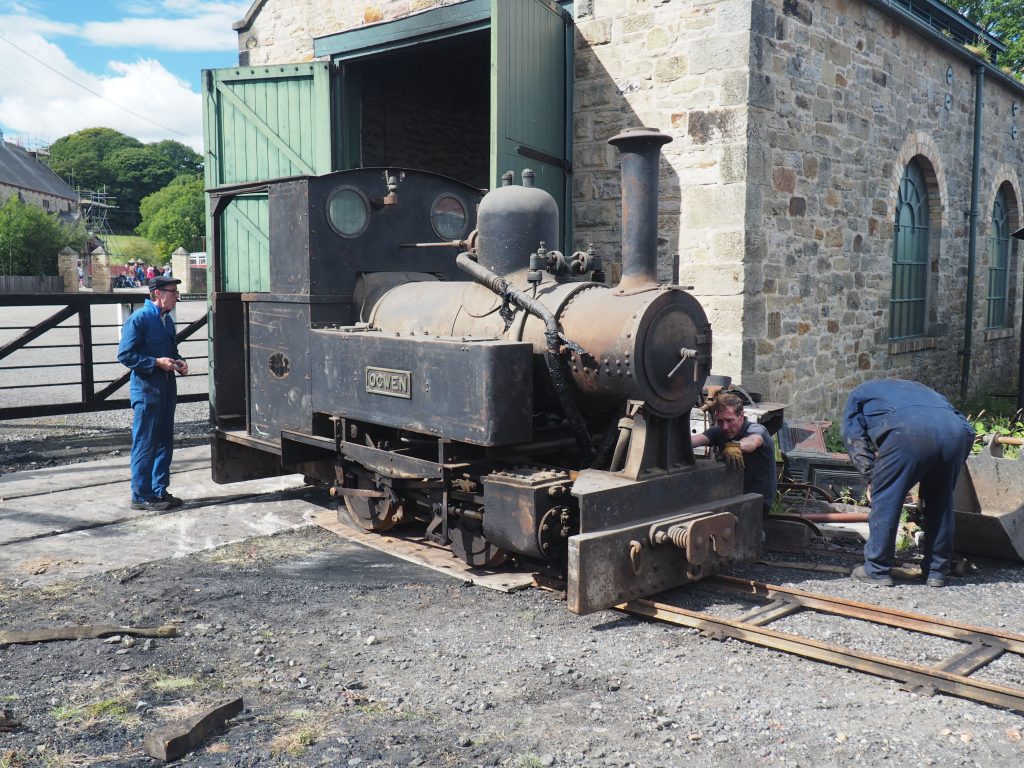

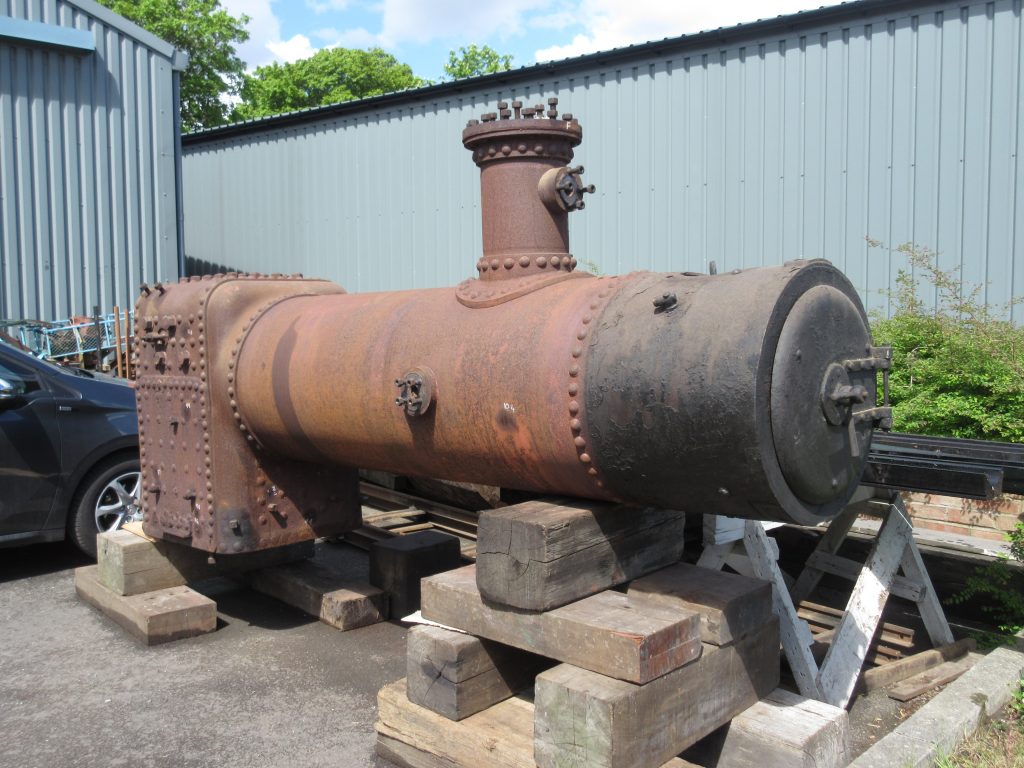

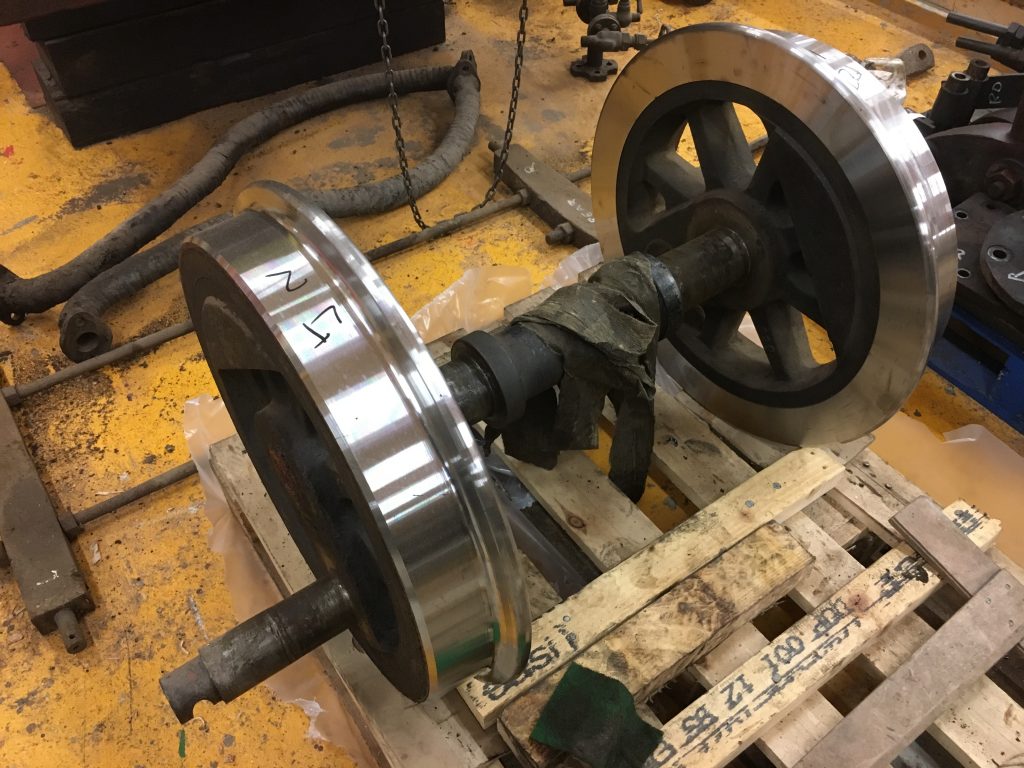

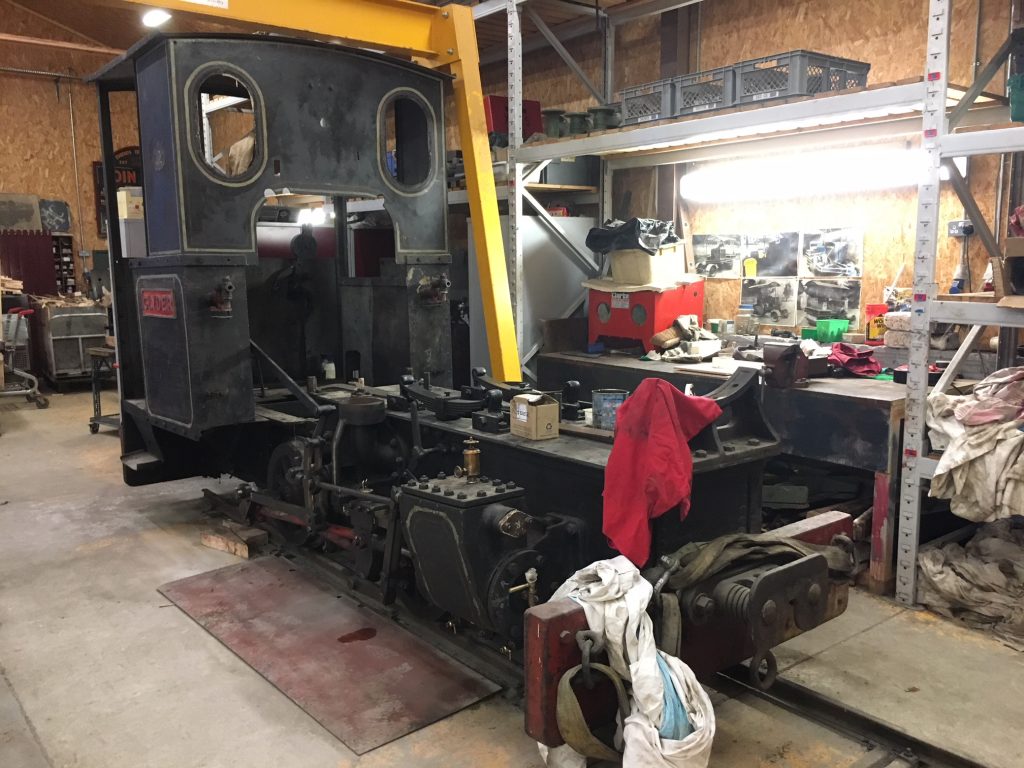

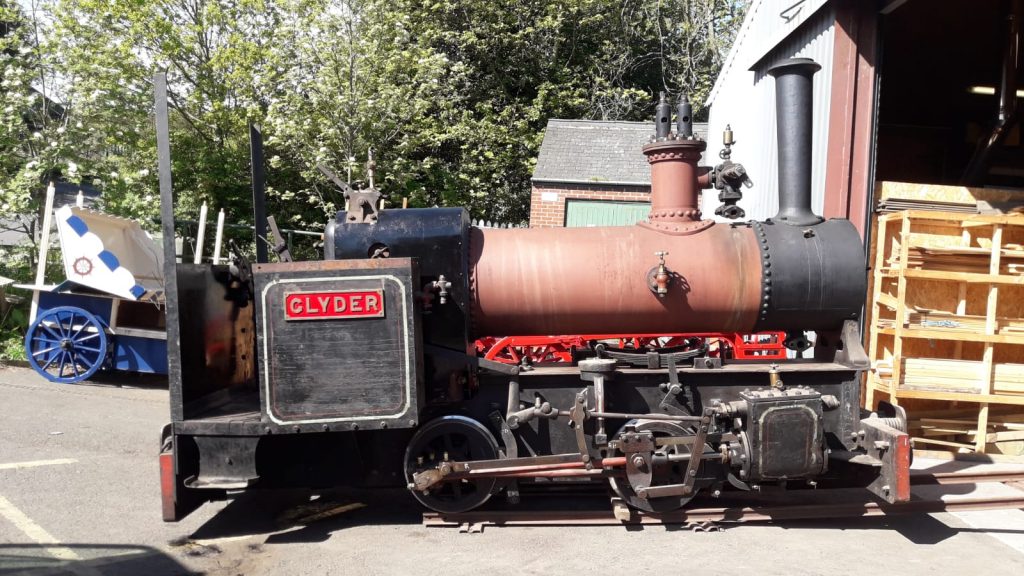
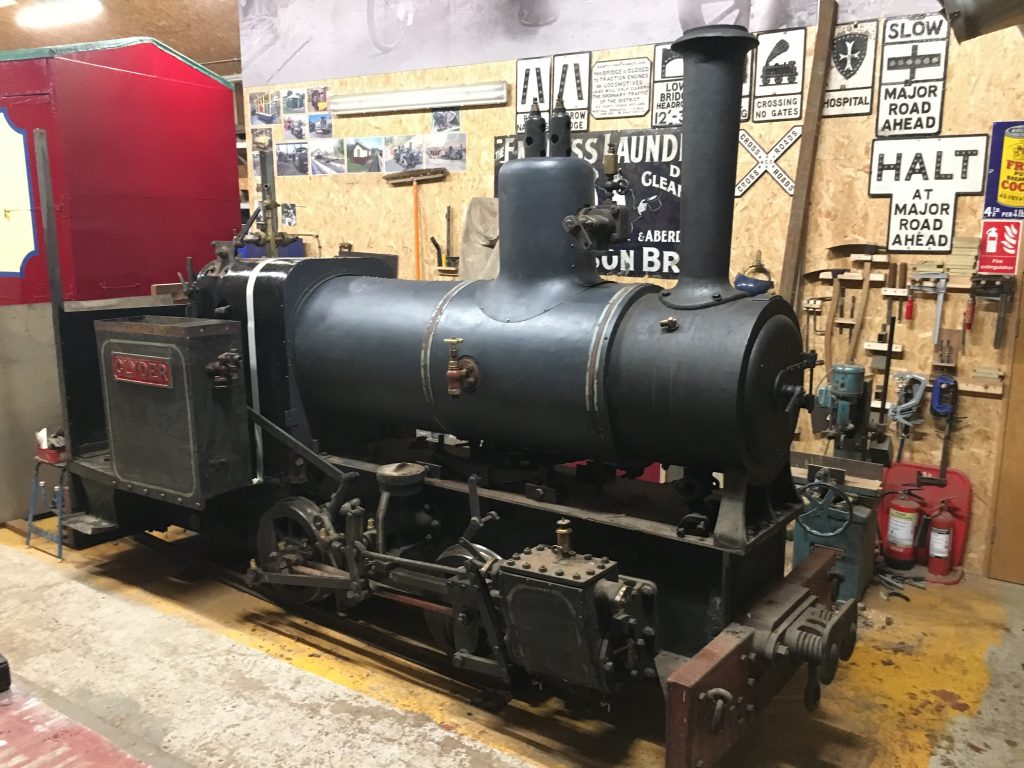

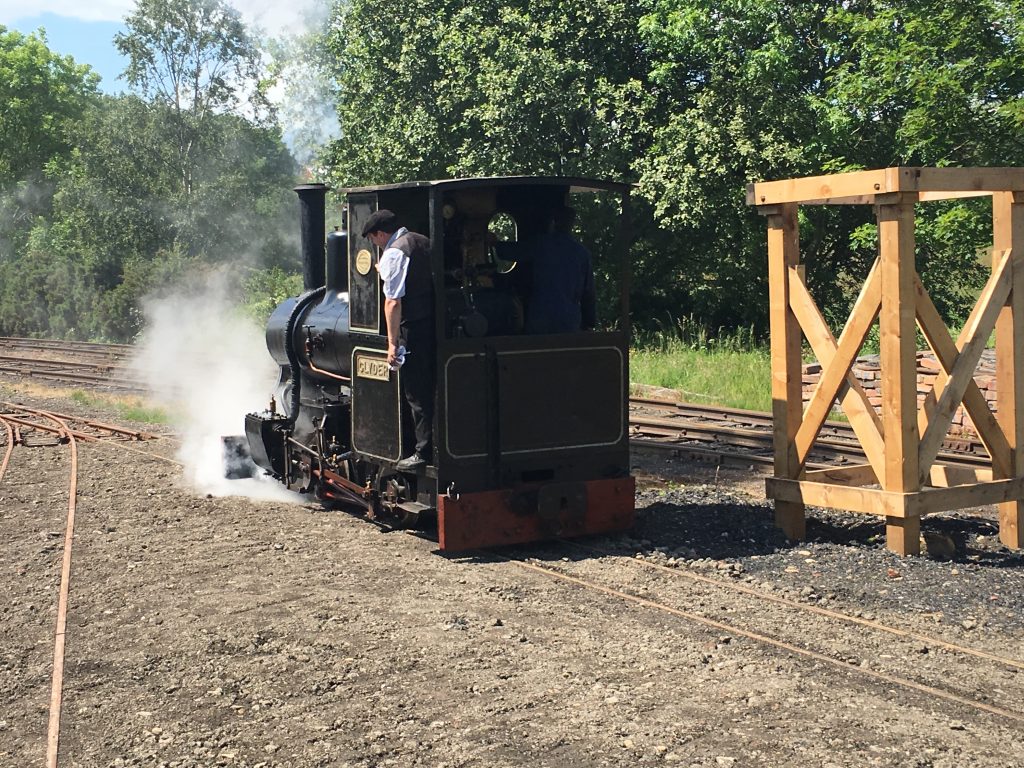
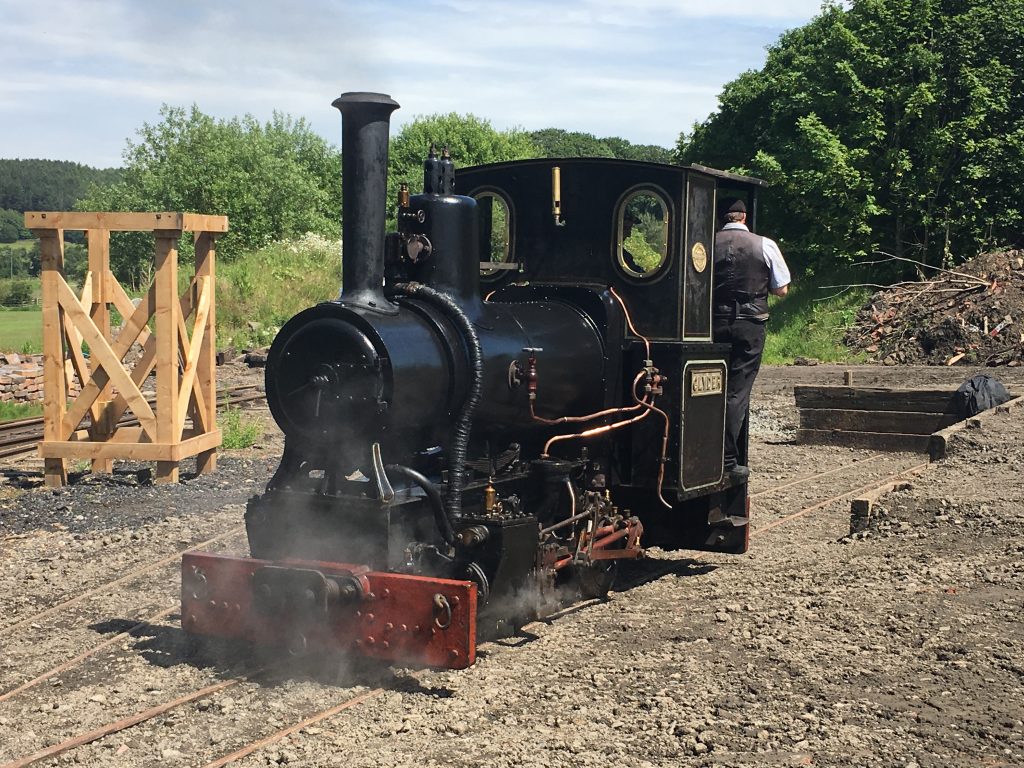
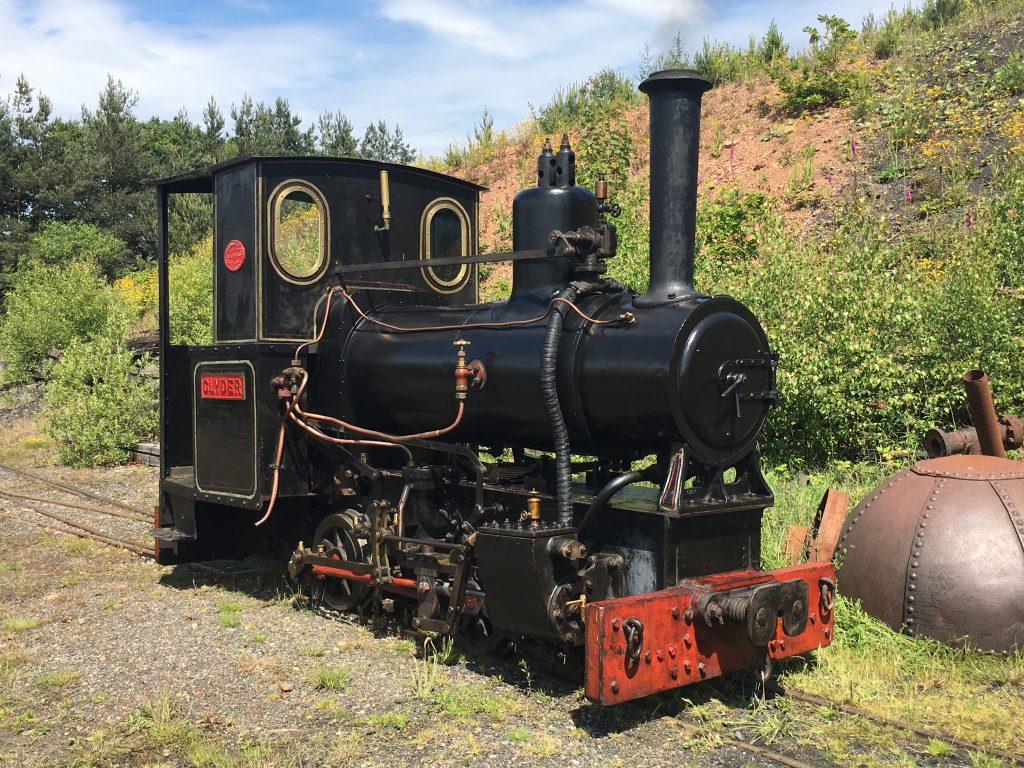
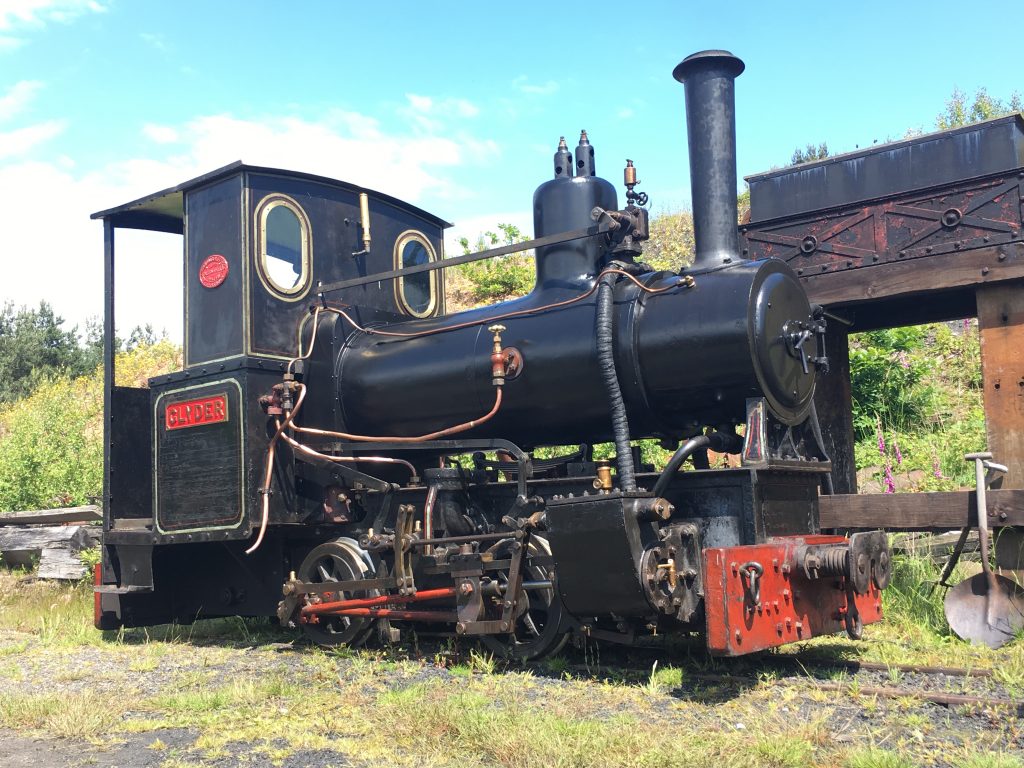
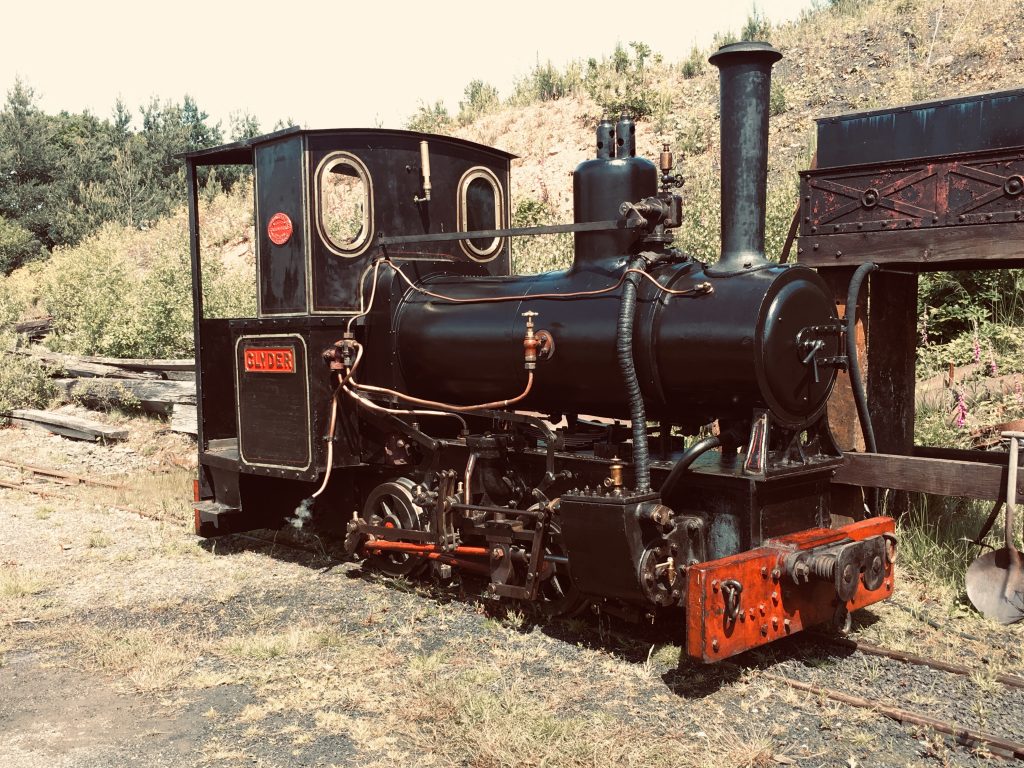
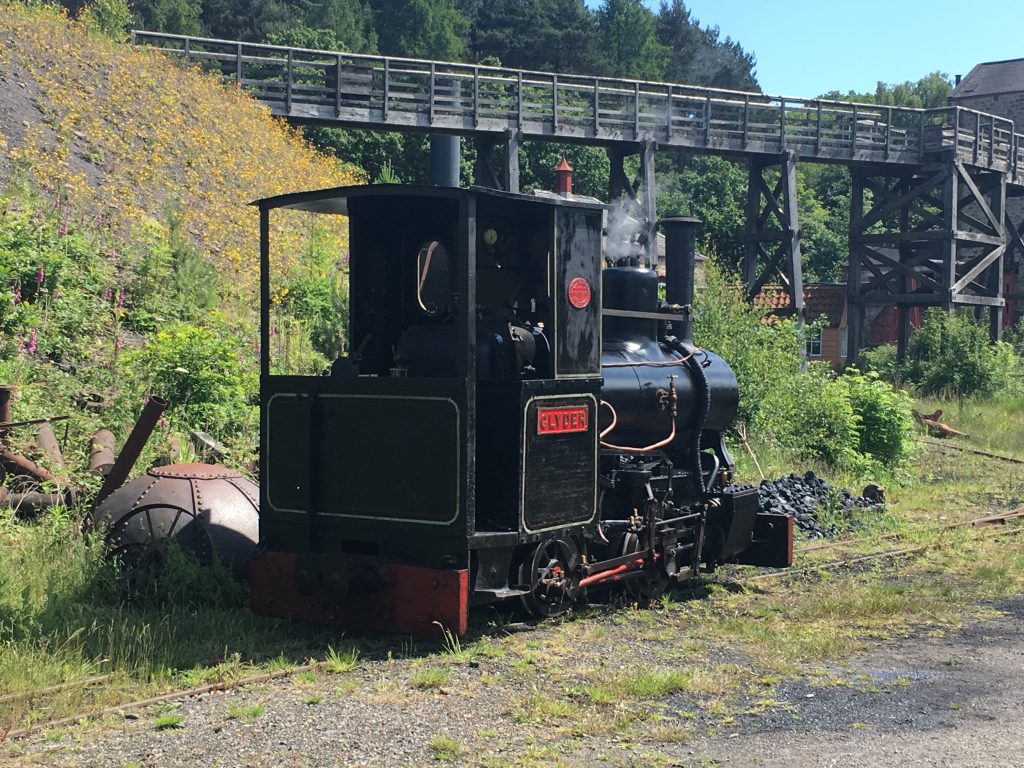
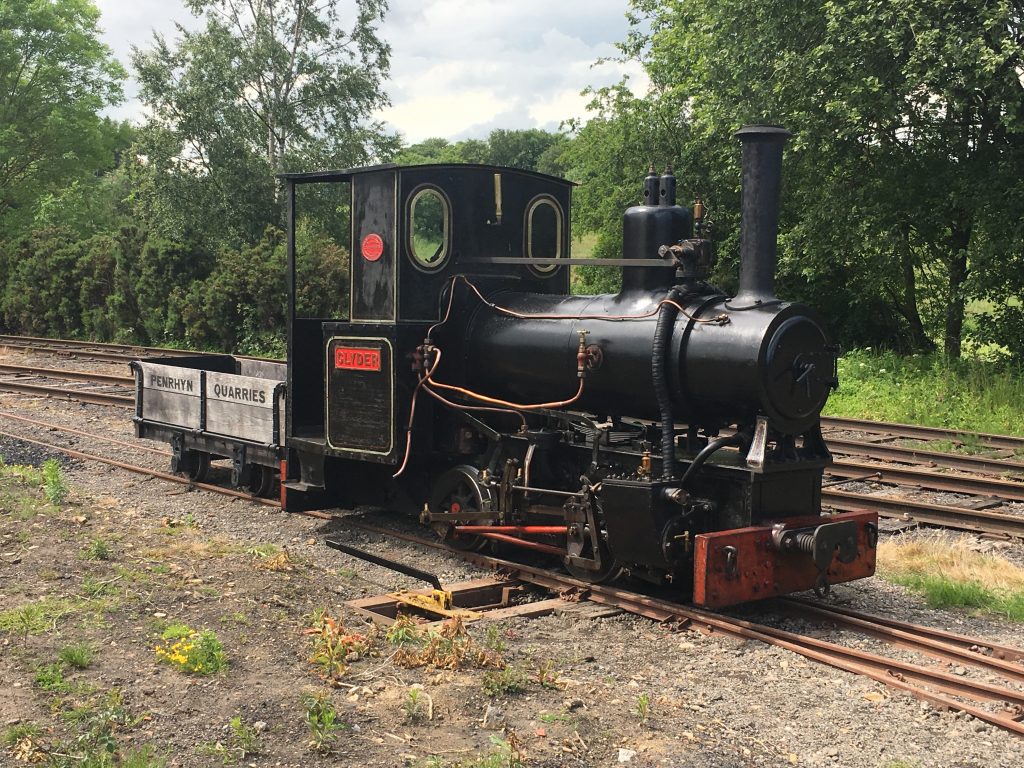






Well done! Looking forward to ‘Old King Coal’!A former South Wales 0-6-0ST of 1900 (Port Talbot Ry. No. 26 (GWR 813) also working at Rowley, I presume!
Fabulous to see back in steam, well done to all involved & lovely to see as much as possible of the 1965 Penrhyn condition retained.
Fantastic news, well done all. Looks superb.